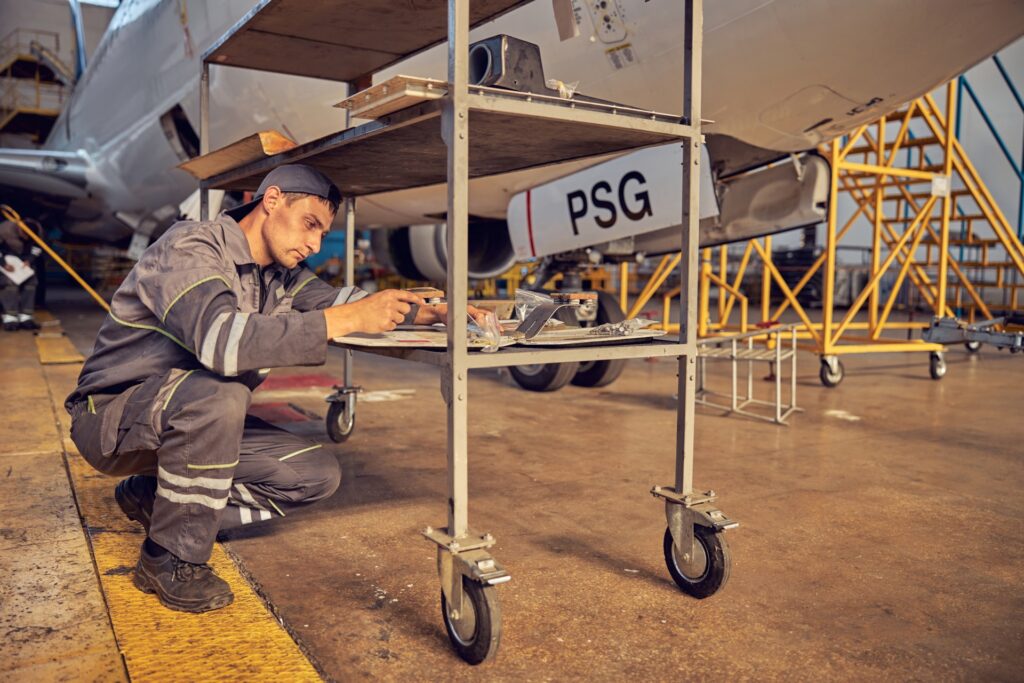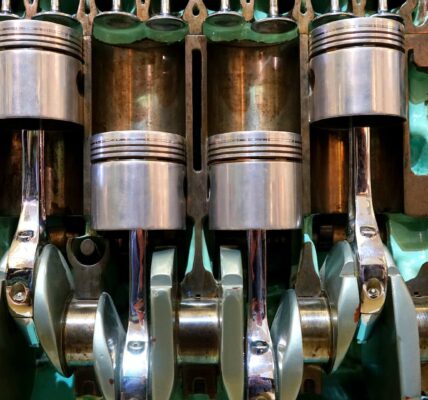Many industries deal with massive machinery and various heavy equipment that cannot always be kept stationary. In some industries, heavy equipment must be moved constantly throughout the day. Not only is there a challenge in moving such equipment, but there is also a need to ensure safe and efficient movement to allow proper operations to continue.
Choosing Caster Wheels
Caster wheels allow the movement of heavy equipment easily and safely throughout a workday. Although similar to those wheels used to move household furniture, heavy duty caster wheels are quite different and are often specialized to meet the specific needs of the company and its materials. Many considerations must be made when determining the right options for a company.

Load Capacity and Distribution
The first consideration is determining what needs to be moved. The size, weight, and distribution of that weight need to be calculated to find the right caster wheels for the job. The heaviest load to be transported is the weight that should be considered first. The caster wheels should be able to handle the load capacity for all materials being transported.
Load distribution is also a factor in determining the right wheels. Distributing the weight between multiple casters can provide better stability and offer improved weight-bearing capacity. Rigid casters may be better suited for heavier materials. However, it may reduce maneuverability by choosing those over swivel options.
Environment
The environment where the casters will be used is another factor in this decision. The floor surface is a major factor in the type of casters to use. Smoother surfaces are more suitable for hard rubber or polyurethane casters as they are more rigid and move easily over these surfaces. For uneven and rough terrain, a soft tread material, such as neoprene, could be a better option.
Other environmental considerations include the temperatures, moisture, and the likelihood of debris or chemicals in the transport area. Corrosion-resistant casters may be a better option for places where exposure to chemicals or moisture is possible. Washable casters may be better suited for healthcare settings.
Movement
The movement of the materials is also important when determining the type of casters needed for the job. If the material will be transported long distances and require turns, casters with more maneuverability may be necessary. Swivel casters can allow easy turning and reduce the space needed to transport the equipment in those turns.
Stability may also need to be a consideration. Ensuring the equipment stays when the materials are not being transported may be an important consideration. Casters that offer braking may be a great option to prevent unwanted movement. Having the right level of maneuverability for the application can ensure efficiency in day-to-day operations.
Safety
The most important factor in any consideration of casters is safety. Whether it is ensuring the materials get from one point to another without an accident or that the materials can be moved repetitively without causing harm to employees, casters play a vital role.
There are handles, swivel locks, and even brakes that can be combined with the best caster wheels to ensure safety and ease of use for employees. There are even options available that can offer shock absorption to reduce vibrations. This feature can reduce stress on employees and the cargo being transported.
Other considerations include the cost and longevity of the casters. Companies must always consider their budget before making such decisions. Cheaper options may initially seem like a good choice, but long-term durability can often be more cost-effective. Fortunately, Caster Concepts understands the challenges of industrial uses and can provide solutions for almost any situation.
Hey there! I’m a self-proclaimed Twitter addict and an unapologetic coffee lover.









